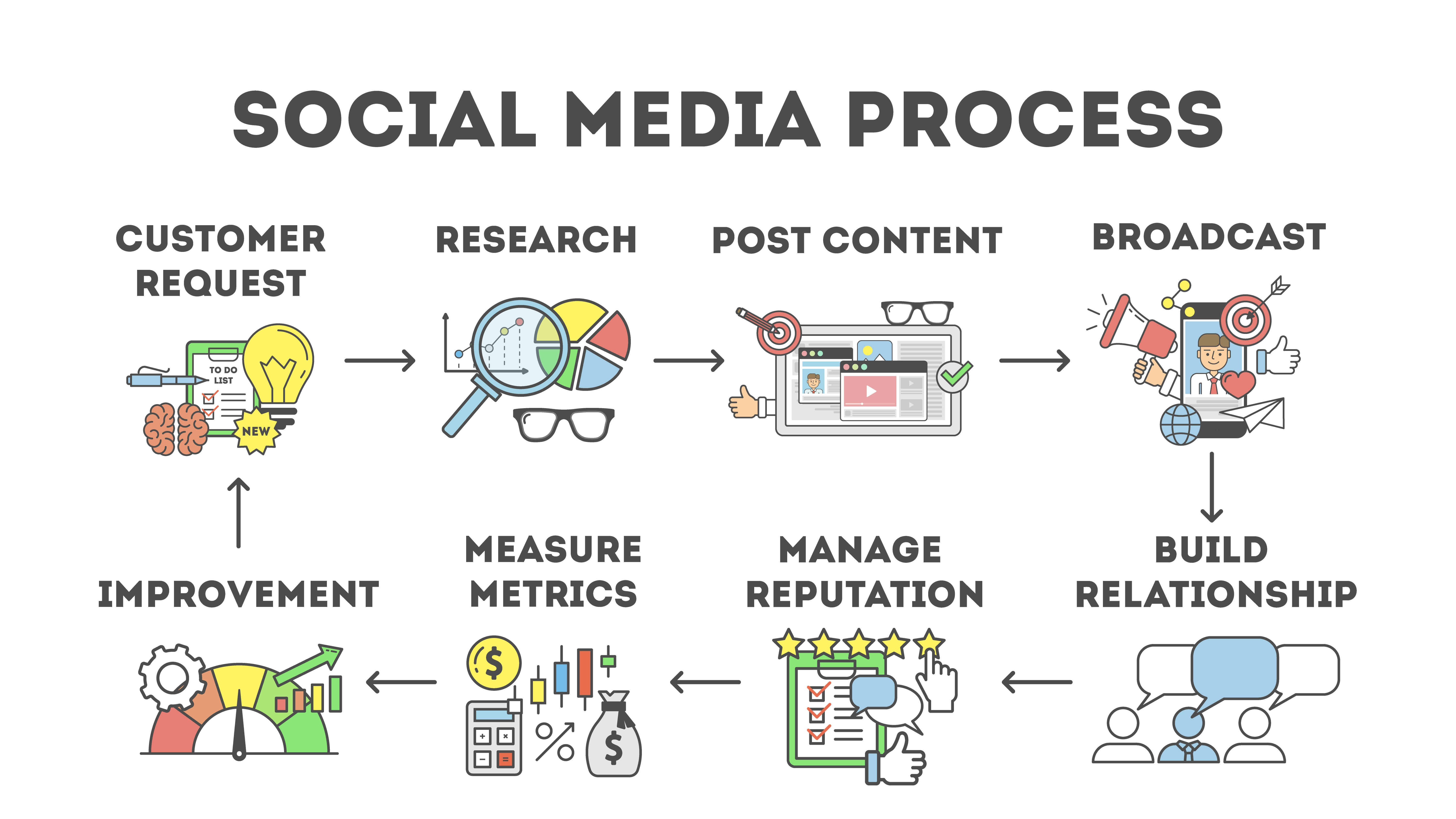Beyond Blogs: The Evolution of Content Marketing
Content marketing has come a long way since the early days of simple blog posts. Today, it’s a vibrant mix of videos, social media, podcasts, and much more. This shift has changed how brands connect with their audiences. Staying competitive today means knowing exactly how this field has grown and where it’s headed next.
Understanding this journey helps you keep your marketing fresh and effective. Let’s explore the key milestones, current trends, and what’s likely to shape the future.
The Origins of Content Marketing: From Blogs to Basic Content
The Rise of Blogging as a Content Strategy:
Blogs turned into the backbone of online marketing. They helped brands build authority and boost search engine rankings. Notable early players like HubSpot and Moz used blogs to share insights and attract audiences. Blogs became the go-to for thought leadership and customer education.
Limitations of Traditional Blog-Centric Approaches:
But relying only on blogs had its limits. Content was often static and lacked interaction. It was hard to make each piece feel personal or adapt to different audiences. Plus, scaling a blog to reach diverse groups was tough without more formats.
Transition to Multi-Format Content:
Brands soon realized they needed more than just words on a page. They started creating ebooks, whitepapers, infographics, and slide decks. These new formats grabbed attention and explained complex ideas simply. They made content more engaging and shareable across different platforms.
The Expansion of Content Channels and Formats
Omnichannel Content Strategies:
Now, brands spread their message across many channels. Social media, email, websites, and apps all work together. Nike, for instance, tells stories across platforms, creating a unified experience for fans. An omnichannel approach keeps audiences engaged wherever they are.
Limitations of Traditional Blog-Centric Approaches:
But relying only on blogs had its limits. Content was often static and lacked interaction. It was hard to make each piece feel personal or adapt to different audiences. Plus, scaling a blog to reach diverse groups was tough without more formats.
Emergence of Video and Visual Content:
Video exploded in popularity with platforms like YouTube, TikTok, and Instagram. Quick videos, tutorials, and behind-the-scenes clips capture attention fast. Visual storytelling makes content more memorable and shared more often.
Interactive and Experiential Content:
Interactive elements like quizzes, webinars, and virtual events are now common. Augmented Reality (AR) and Virtual Reality (VR) add even more wow-factor. These tools make experiences immersive, helping brands stand out and deepen connections.
Data-Driven Content Personalization
Smart brands use data to tailor content. By analyzing user actions and preferences, they serve relevant offers and messages. A great example is Amazon’s personalized product suggestions. Personalized content experiences improve user satisfaction and drive higher engagement and conversion rates.
The Role of Technology and AI in Modern Content Marketing
Marketing Automation and Content Management Systems:
Marketing automation tools simplify tasks like email campaigns and social media scheduling, increasing efficiency and productivity.Content management systems like HubSpot or Contentful make it easier to organize and publish content. These tools streamline workflows and improve consistency.
AI-Powered Content Creation and Optimization:
Artificial intelligence helps write articles, generate ideas, and optimize content for search engines. Some tools even create drafts or suggest headlines. AI also predicts what audiences want to see next, reducing guesswork.
Chatbots and Conversational Content:
Chatbots are now part of many websites, providing instant help and recommendations. They make user interactions smooth, like having a sales assistant available 24/7. AI-powered chatbots enhance customer support and foster real-time engagement with website visitors.

Shifting Consumer Expectations and Behaviors
The Demand for Authentic and Value-Driven Content:
Today’s consumers want honesty. They prefer purpose-driven brands that support meaningful causes and reflect their values.Patagonia’s environmental campaigns show how authenticity builds trust. Content needs to be genuine and align with social values.
The Rise of User-Generated Content:
People trust their peers more than ads. Reviews, photos, and videos made by users influence buying decisions. Brands encourage this UGC by creating contests or sharing customer stories. It’s a way to grow loyalty and trust.
The Impact of Mobile-First Consumption:
Most people browse on their phones. Content must load fast and look good on small screens. According to recent stats, over 60% of digital content is consumed on mobile devices. Mobile optimization is now a critical part of digital marketing, ensuring fast-loading, responsive content across all devices.
Future Trends and Innovations in Content Marketing
The Integration of AI and Machine Learning:
AI will make content even more personalized. Expect hyper-targeted messaging and smart content curation.Automated content distribution helps deliver targeted messages to the ideal audience at the most effective time, improving reach and ROI.
Augmented Reality and Virtual Reality Experiences:
AR and VR will take storytelling to the next level. Imagine trying a product virtually or exploring a virtual store. These immersive experiences create lasting impressions and open new industry possibilities.
Voice Search and Audio Content:
Podcasts and voice-activated content are booming. SEO strategies must now include voice search optimization. Imagine asking your smart device for your favorite brand's story — that’s the future of content.
Sustainability and Ethical Content Marketing:
Today, brands are expected to act responsibly. Sharing stories that reflect social causes and environmental efforts builds loyalty. Purpose-driven content helps you connect deeply with audiences seeking meaning and transparency.
Conclusion
The journey from simple blogs to intricate, multi-channel content strategies has been remarkable. Technology and changing consumer habits keep pushing the boundaries of what’s possible. To stay ahead, you must embrace diverse formats, harness data, and prioritize authenticity.
Get ready to embrace the future of content marketing with cutting-edge innovations like Augmented Reality (AR), Virtual Reality (VR), and voice-enabled content experiences.Being flexible and ready to innovate will be your best tools in this fast-moving world of content marketing. Keep experimenting, adapting, and most of all, listening to your audience. That’s how lasting connections are made.
